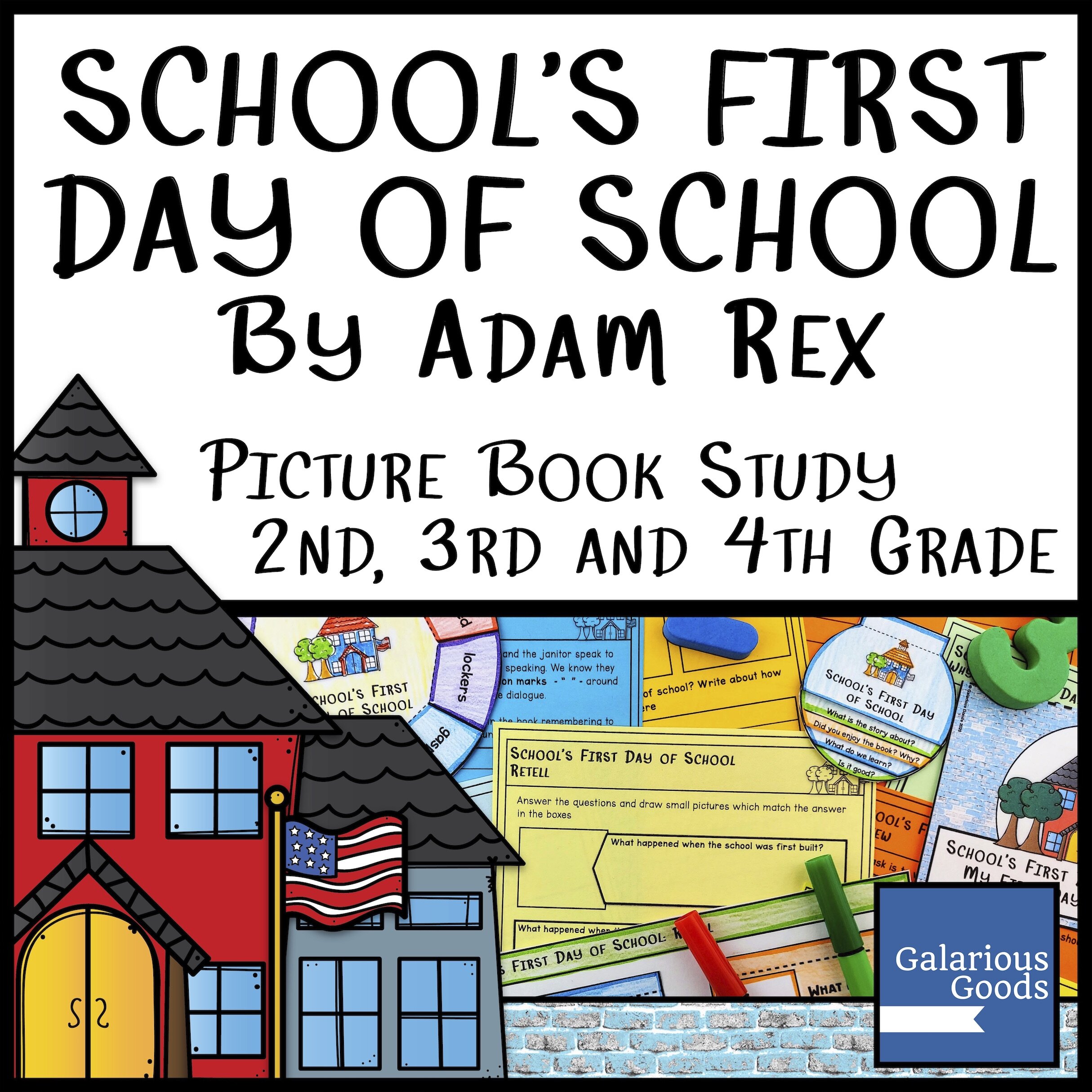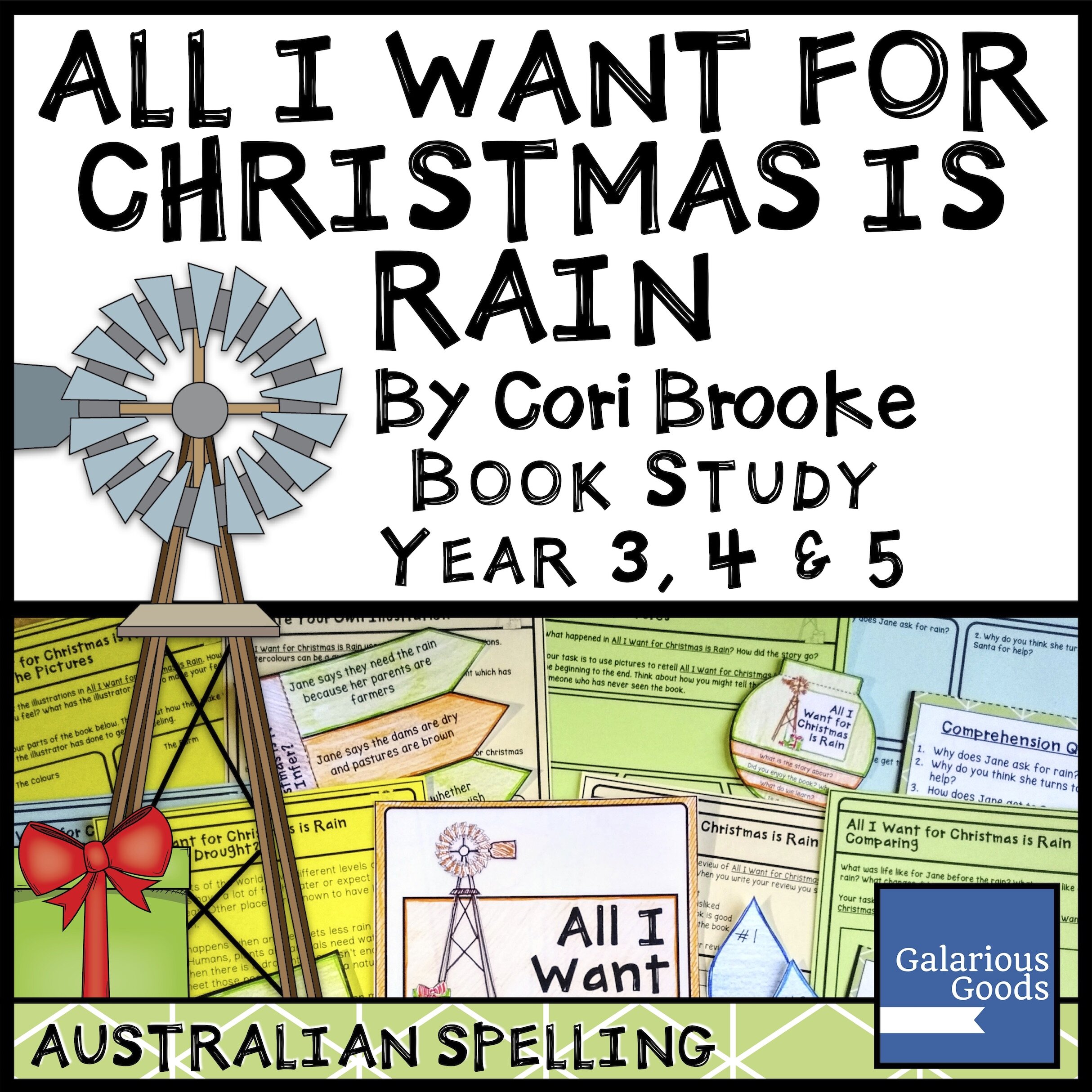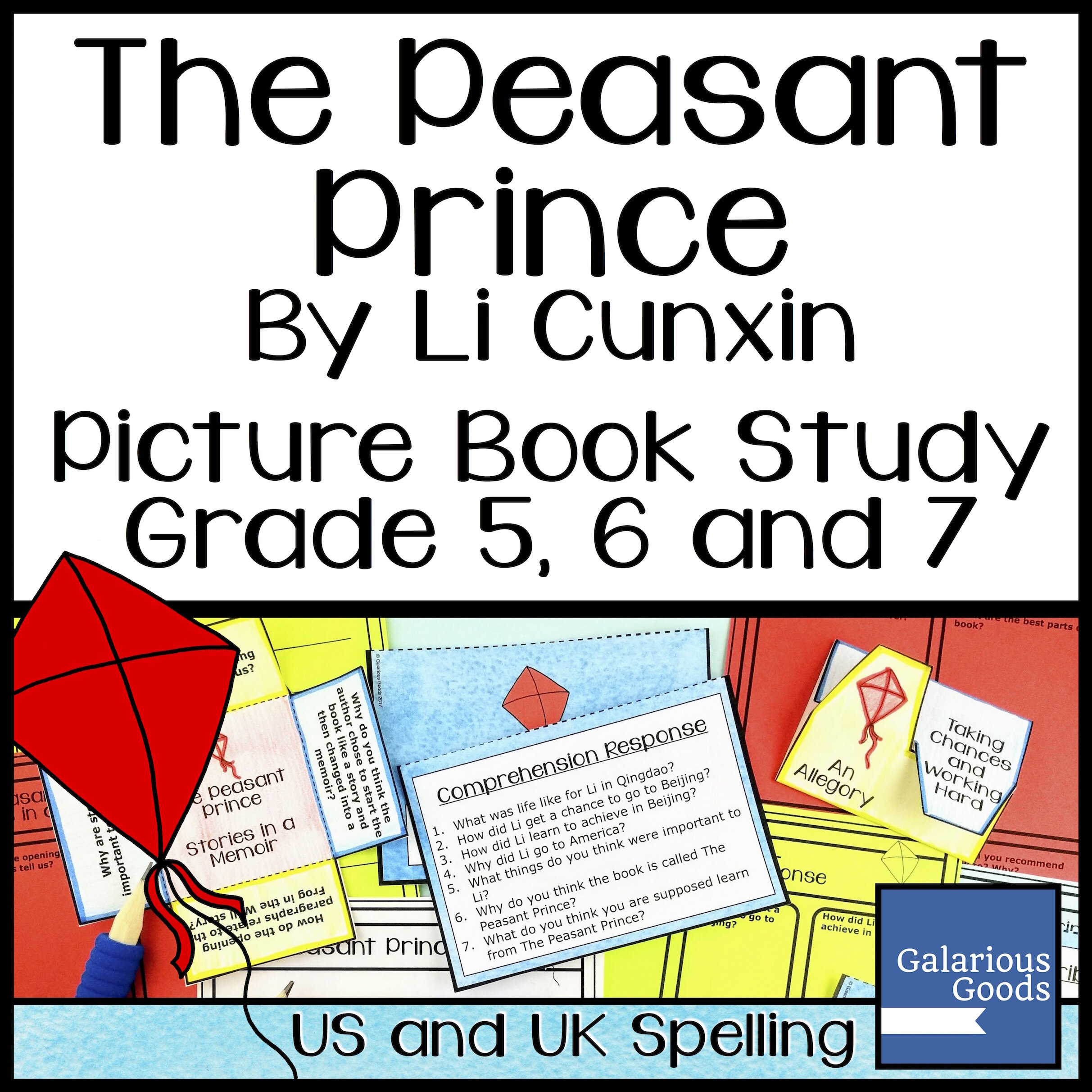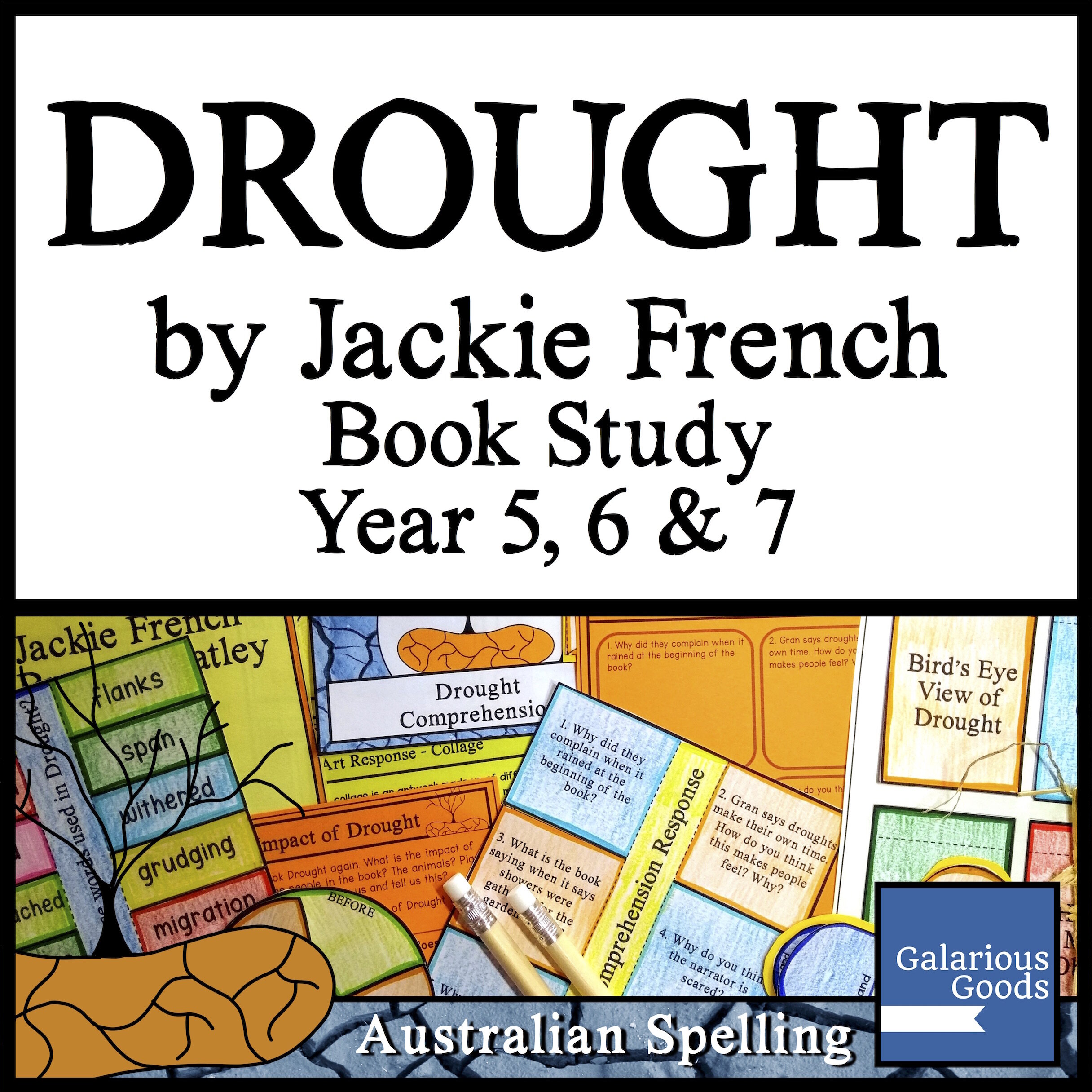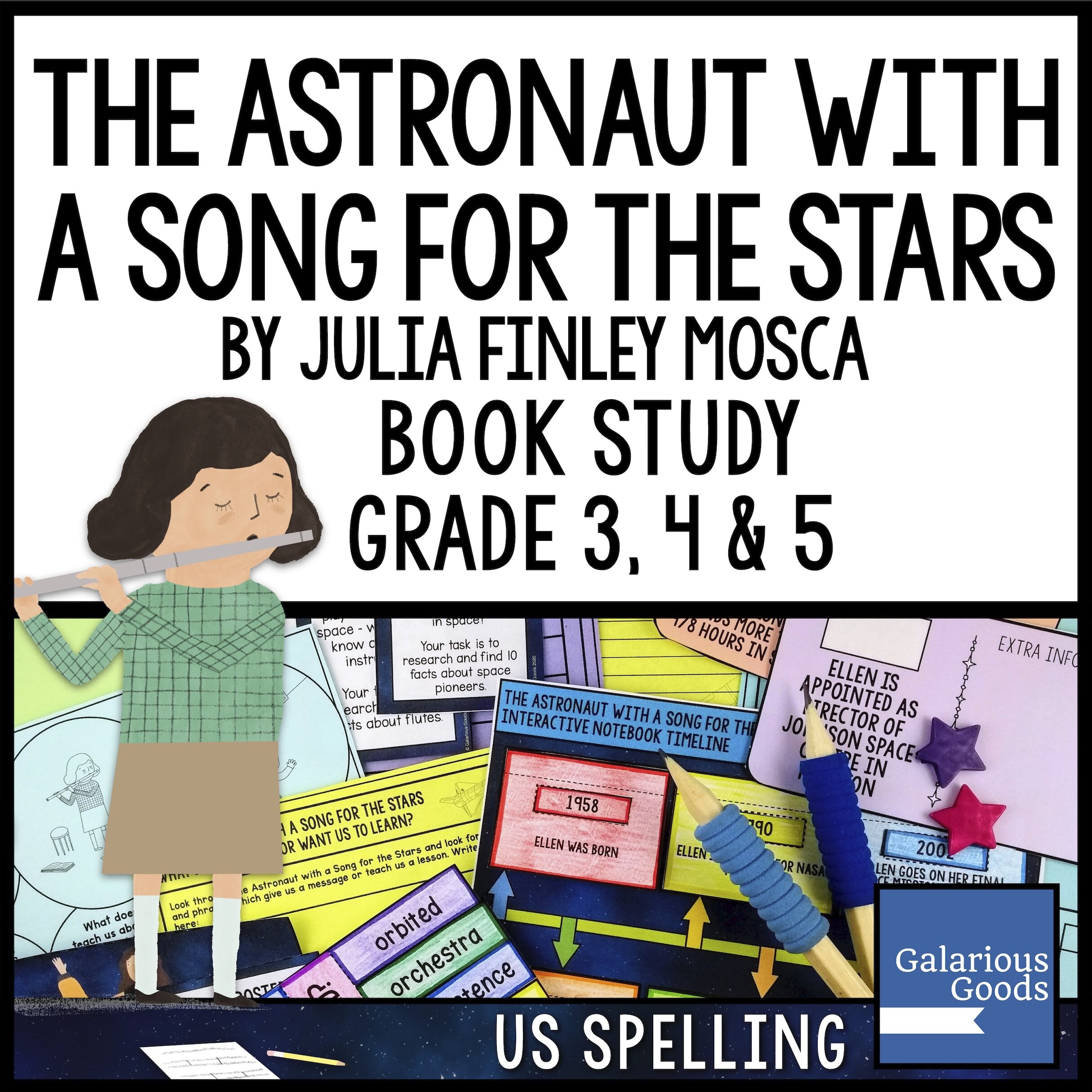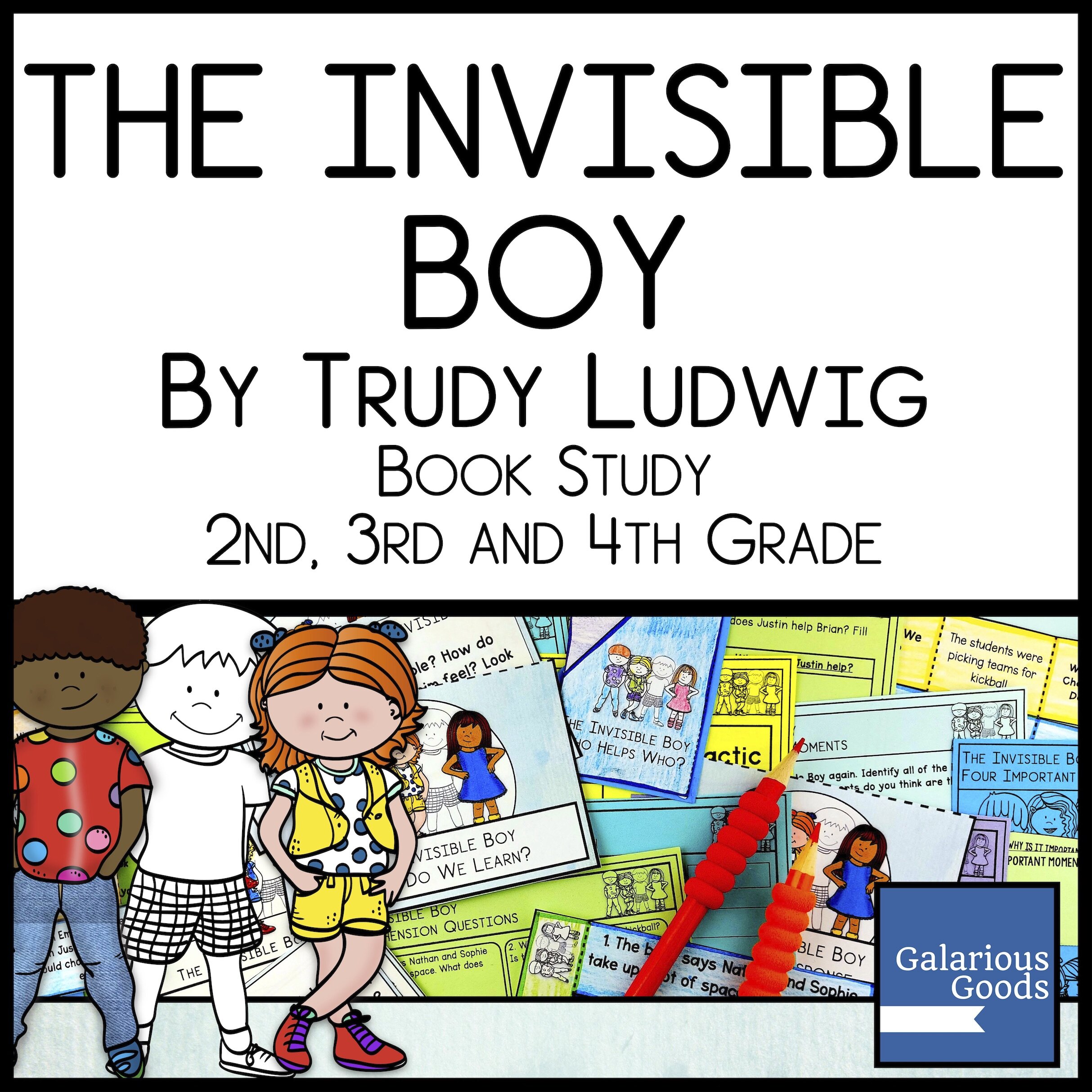Choosing a Picture Book to Explore With Your Classroom
/You’d like to take an in-depth look at some picture books in your classroom, but you’ve got no idea where to start! Here’s some things to keep in mind when you’re trying to choose the best picture book to explore with your students.
1. What books are available?
Unless you have an amazing budget, you’re best to start off with books which are available to you. This might mean books you own, books which are available in the school or local library or books you can (carefully) borrow from teacher friends.
This is especially important to keep in mind when you might need multiple copies of the same book. If you’re going to have more than one group working on the book at the same time or if you want to have a book for you to hold and another one for the students to look through, you’ll need multiple copies.
Unsure where to find books? This blog post has a few ideas.
2. What topics are you exploring?
One of the easiest ways to narrow down the picture book search is to consider which topics you are covering in the classroom. This might be English topics - if you want to look at rhyme, then choose a beautifully rhyming book like a Julia Donaldson book; if you’re exploring onomatopoeia, think about a book which is rich with it, like Sally Sutton’s Roadwork, Demolition or Construction.
But you can also look at topics you’re exploring outside of English. There are many science themed picture books to suit a wide variety of science topics, and a growing number of fabulous historical books which give a different perspective to important historical topics. There’s even books related to government like Kamala and Maya’s Big Idea and If I Was Prime Minister!
3. What skills are you looking to teach?
Are you exploring vocabulary? Looking at character development? Working on visual literacy? Look at the standards or curriculum outcomes you’re trying to achieve in English and find books which support the teaching of those standards.
You may be working with young children who are learning to read - think about books with repeating words where children can practice their new literacy skills. Or if you’re working with older children examining how you can use illustrations to tell stories, you might look to the books by Shaun Tan.
4. Are there other books you can link to?
Many curriculum standards and outcomes ask students to make comparisons between books with similar themes, similar structures or by the same author. By looking forward to including some comparative explorations, you get a better idea of what book to start with and you can extend the learning of your students.
You might look at fables, traditional stories from a range of different cultures or different retellings of fairy tales. Or you might like to pull together a range of books which explore what it means to be a friend or which tell a story of persistence and make your selection from there. Another interesting idea might be to explore an author’s early book and a book written years - or even decades - later. Or you could look at how the work of an illustrator might compare in different books and how they might use different art techniques to tell a story.
5. What are your students interested in?
It’s definitely worthwhile checking in with your students and their current interests and favourite books when planning a picture book study. Often students will suggest books which you might not have thought of, books which are absolutely perfect once you take a closer look at them. Students may like to create a class list of books they’d like to take a closer look at.
Student interests can also inform the books you choose in the classroom. Students who are interested in weather might like to take a closer look at picture books which explore the impact of weather on the characters, while students who are interested in inventions might like to examine picture book biographies of notable and interesting inventors.



